Blade Runner 2049 was a very overwhelming film when I saw it the first time. A lot of that came from the sound, music, and visuals.
The sound and music are very loud and unnerving. It helps describe the enormity of the future and density of the city. Much of the music drips of wet industry. Loud sprawling flanges in wide shots. Silence and subtle tones in movement. The technology of the future feels organic and grown out of past that incorporated the technology into itself, rather than began anew.
The art design compliments the music well. The future iterates on the future shown 30 years ago in the original Blade Runner. Displays are blocky monitors rather than flashy holograms. Communication is done through these displays, rather than a smartphone-like device that keeps constant communication between people. The future also feels organic and lived-in.
The premise of Blade Runner is that a corporation has developed technology to essentially manufacture people. Replicants are not mechanical robots or cyborgs or something like that. They are a completely organic manufactured person. Designed to be less emotional and strong, they are mainly used off-world as a physical workforce or soldiers or whatever dirty-work humans don’t want to do.
In the first film, replicants are Nexus-6 models made by the Tyrell Corporation and are illegal to bring to earth. Blade Runners are a section of the police force to capture or take out rogue replicants that somehow get to earth. The main plot of Blade Runner follows Deckard, a blade runner, as he tracks down 4 rogue Nexus-6 models that have come to Los Angeles. One significant aspect of the Nexus-6 model is their 4 year lifespan, which was used as a security deterrent if they were ever lost or escaped.
The secondary plot of Blade Runner follows Deckard’s relationship with Rachael, who is a prototype Nexus-7 model. She was given memories and believes herself to be human. The memories define her as a person, and as such cannot be easily detected as a replicant. They’ve removed the lifespan limit as well. The film also famously toys with the idea of whether or not Deckard himself is a Nexus-7 model, too.
As a result of the events of Blade Runner, the Nexus-6 models were deemed too unstable or uncontrollable for continued use, and Nexus-7 models never went to manufacturing and their designs lost.
Nexus-8 models were quickly developed by the Tyrell Corporation and sent to market. Models had registration numbers imprinted on their eyes, and records of all models were kept in a central database. Replicants were easy to tell apart from humans. But the public rejected them because of how violent and problematic the Nexus-6 models were. Many models were hunted down and killed in the streets on Earth. This led to the events described in the short film, Blackout 2022. Two replicants successfully destroy the database and detonate an EMP above Los Angeles to erase all records of Nexus-8 models.
From that point on, replicants became strictly illegal. All surviving Nexus-6 models died naturally. Nexus-8 models went into hiding. The Tyrell Corporation went out of business.
Over the next decade, the infrastructure of Earth begins to deteriorate with the loss of the replicant workforce. There are not enough people to sustain the ecosystem. Niander Wallace of the Wallace Corporation buys the Tyrell Corporation and begins developing the Nexus-9 model of replicants. These models are have the same feature of the Nexus-8 models, but designed to be absolutely loyal.
In the short film, Nexus Dawn 2036, Niander Wallace brings his new Nexus-9 model before congress, states his claim that humanity needs replicants and that the replicant-ban be revoked, and then demonstrates their obedience. Congress moves to revoke the ban, allowing Wallace to mass-produce Nexus-9 replicants and help rebuild the Earth’s environment.
In Blade Runner 2049, the main character is a Nexus-9 replicant, KD6-3.7, or "K" for short, played by Ryan Gosling. He works for the LAPD as a Blade Runner tracking down remaining Nexus-8 models.
To verify K’s operational stability, he is subject to a baseline recalibration test.
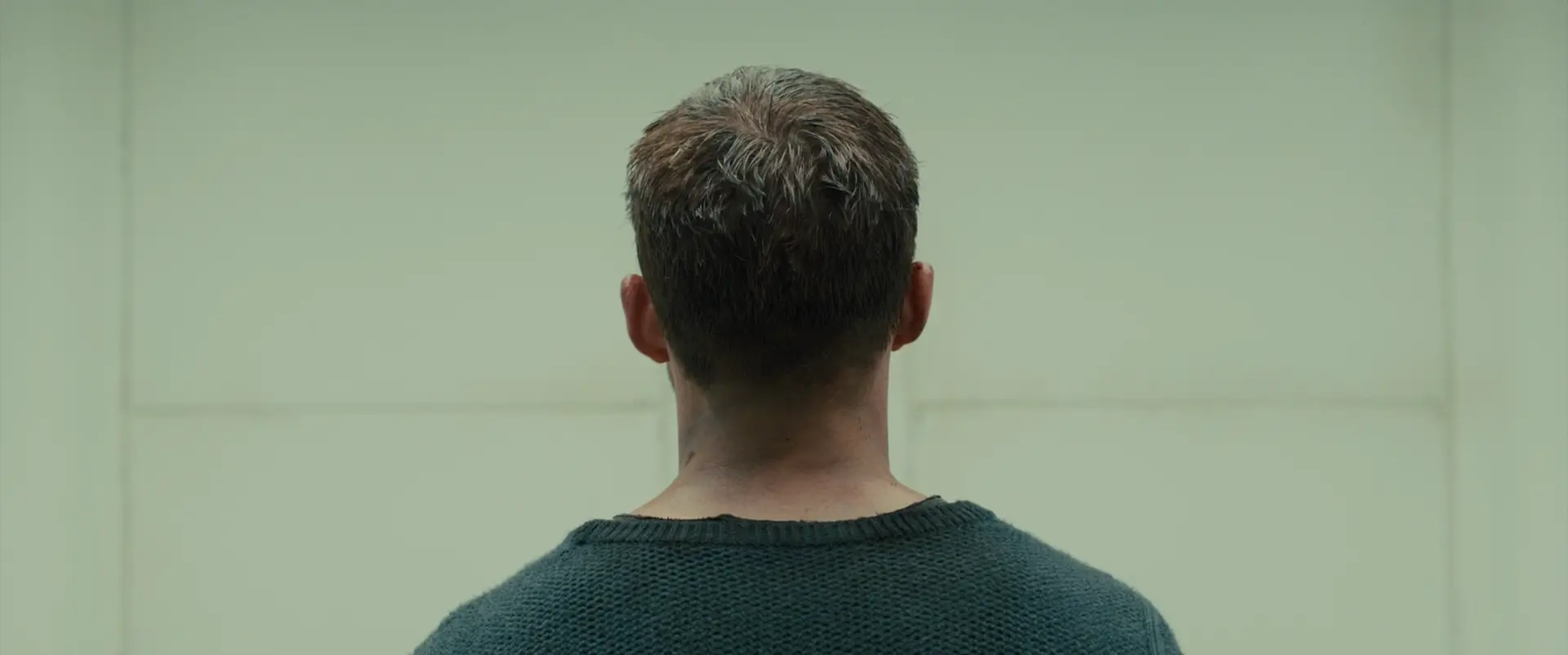
The test asks him a series of questions followed by a word of phrase he is meant to repeat. The replicant is not meant to think or respond to the question, only the subsequent phrase.
One of my favorite parts of the film is how K’s obedience gradually and subtly erodes over time. Much like the test, within his police work, he is meant to avoid or deflect questions while getting answers. Within his investigation and daily life, every question is a test. In the beginning, he doesn’t waver. Sapper asks him questions. He ignored them. Luv asks him questions. He deflects.
Besides answering to his boss, played by Robin Wright, it’s only when Mackenzie Davis asks him a question, "What’s this?" "A tree," that he responds directly to someone else’s question. The first failure of the baseline test.
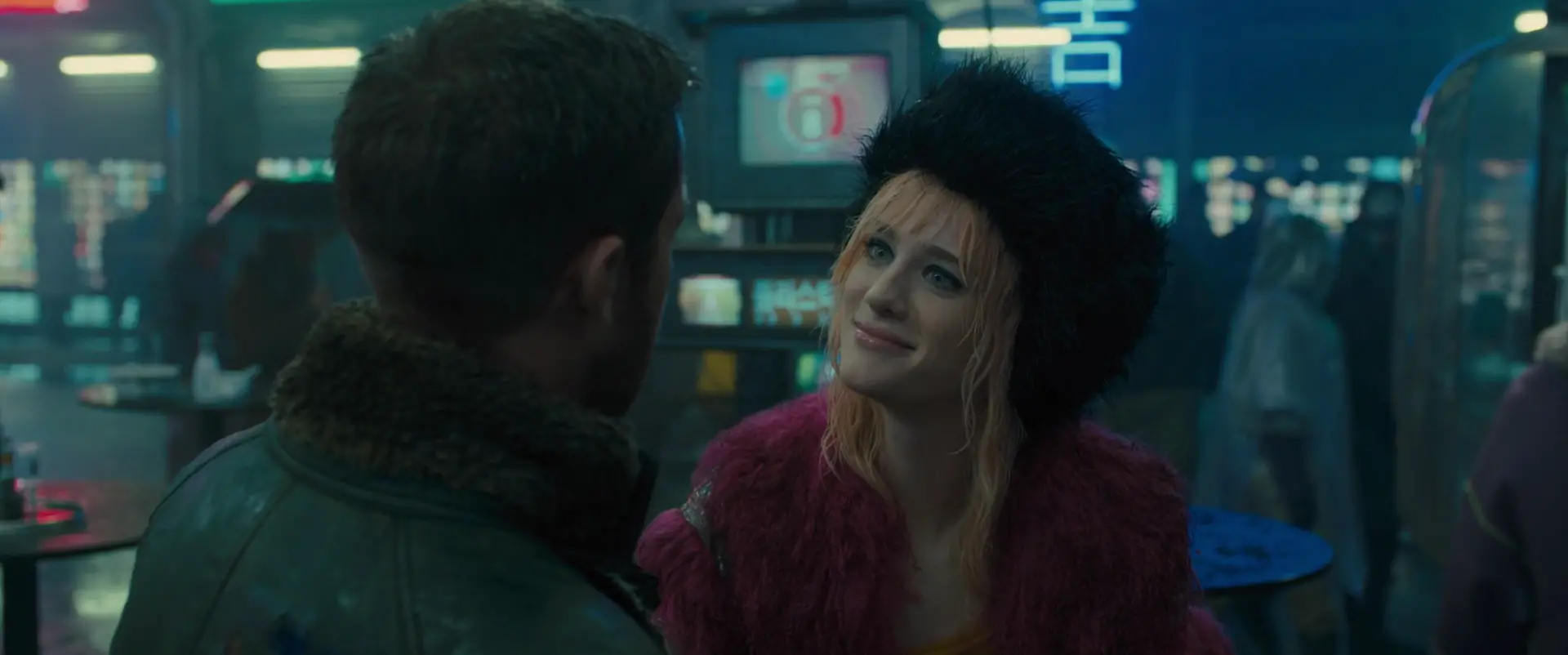
Later, he speaks with Robin Wright about the case and she asks him a direct question of the case, "What do these numbers mean?" or "Do these numbers mean anything to you?" He replies, "No." A lie.
As K continues to investigate the whereabouts of a replicant born into this world, rather than manufactured, and as he starts to believe that he is that child, he starts to question his obedience and loyalty. In following scenes, his stern emotionless face begins to crack under the weight of his feelings. Through his blank face, we can feel his sadness, frustration, and confusion.
Blade Runner 2049 follows K’s transformation from a mindless "robot" into someone fighting for himself and others and what he believes is the right course of action.
Because the movie centers on K and his lack of emotion, so many scenes feel sterile and emotionally distant even though they are gorgeous.
I went through the film and picked out many images that shows the beauty of Blade Runner 2049’s art direction in set design, costume design, and visuals.
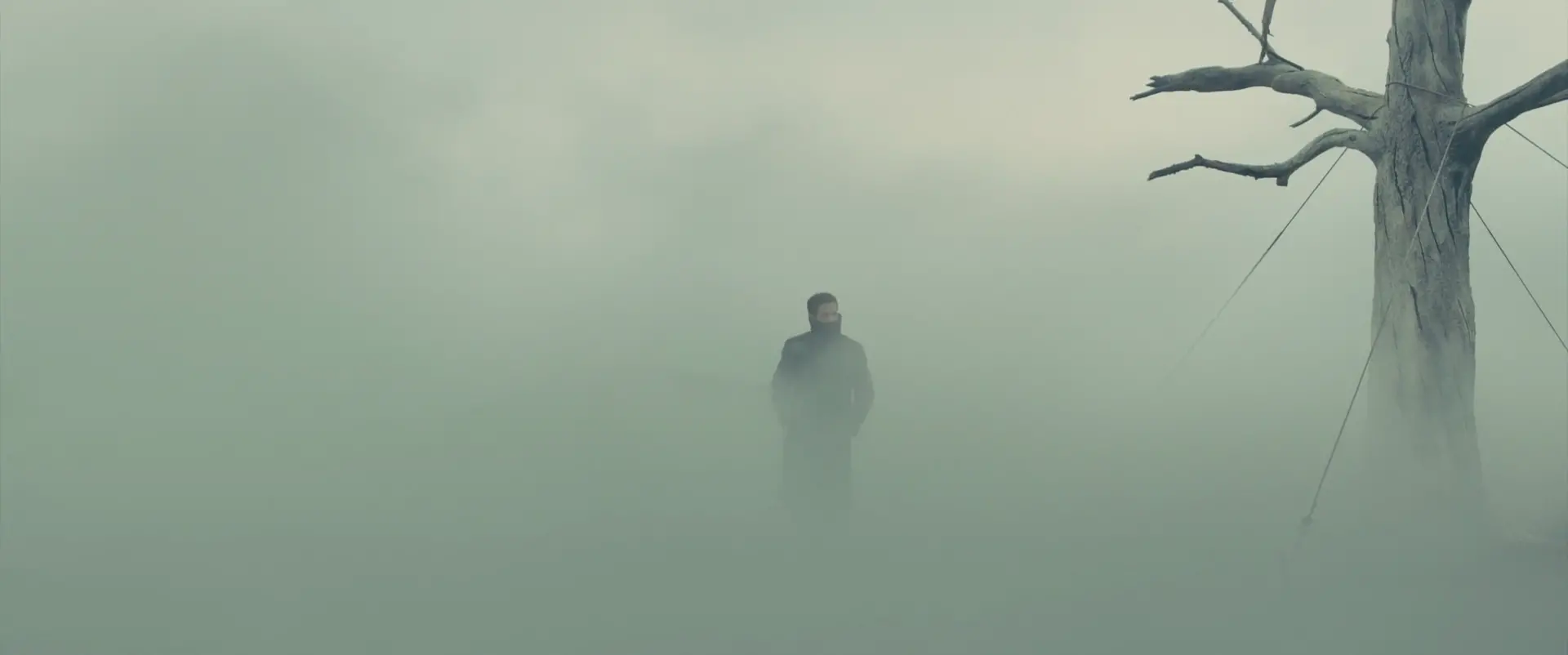
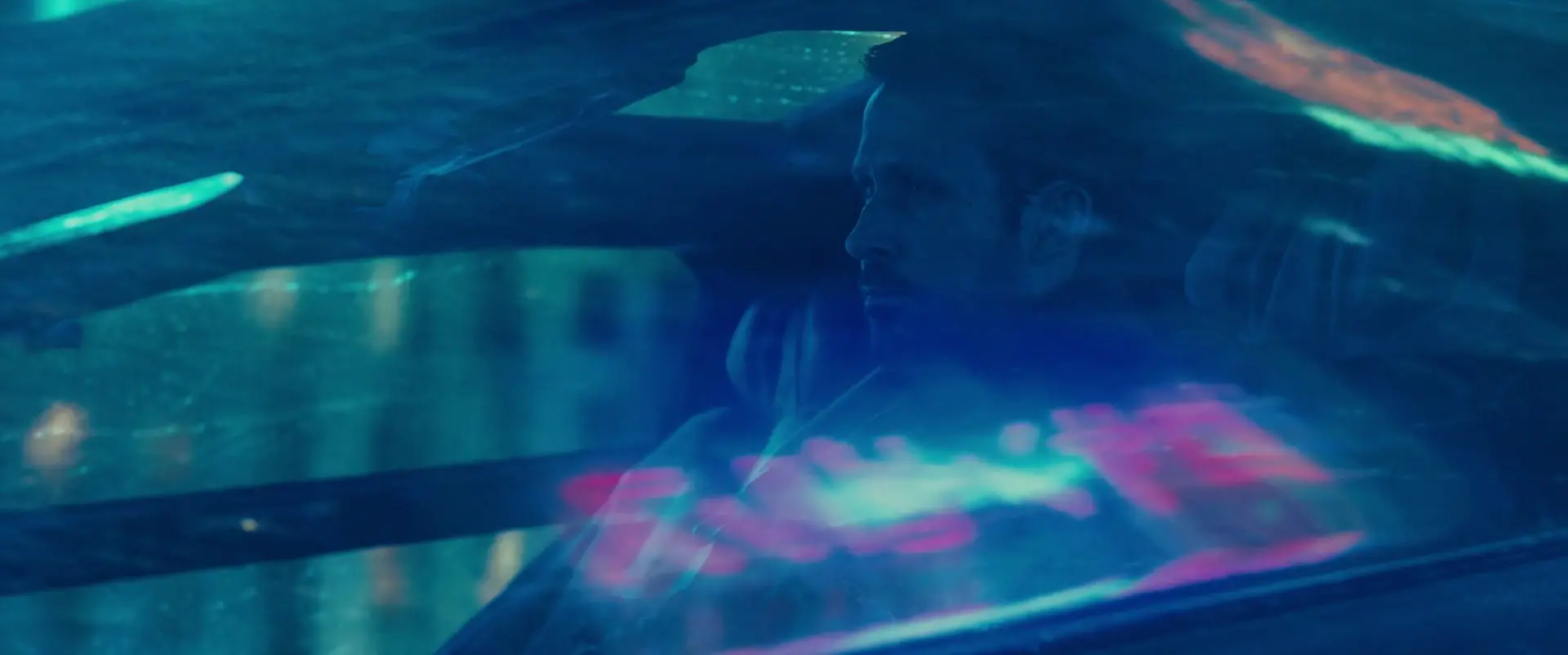
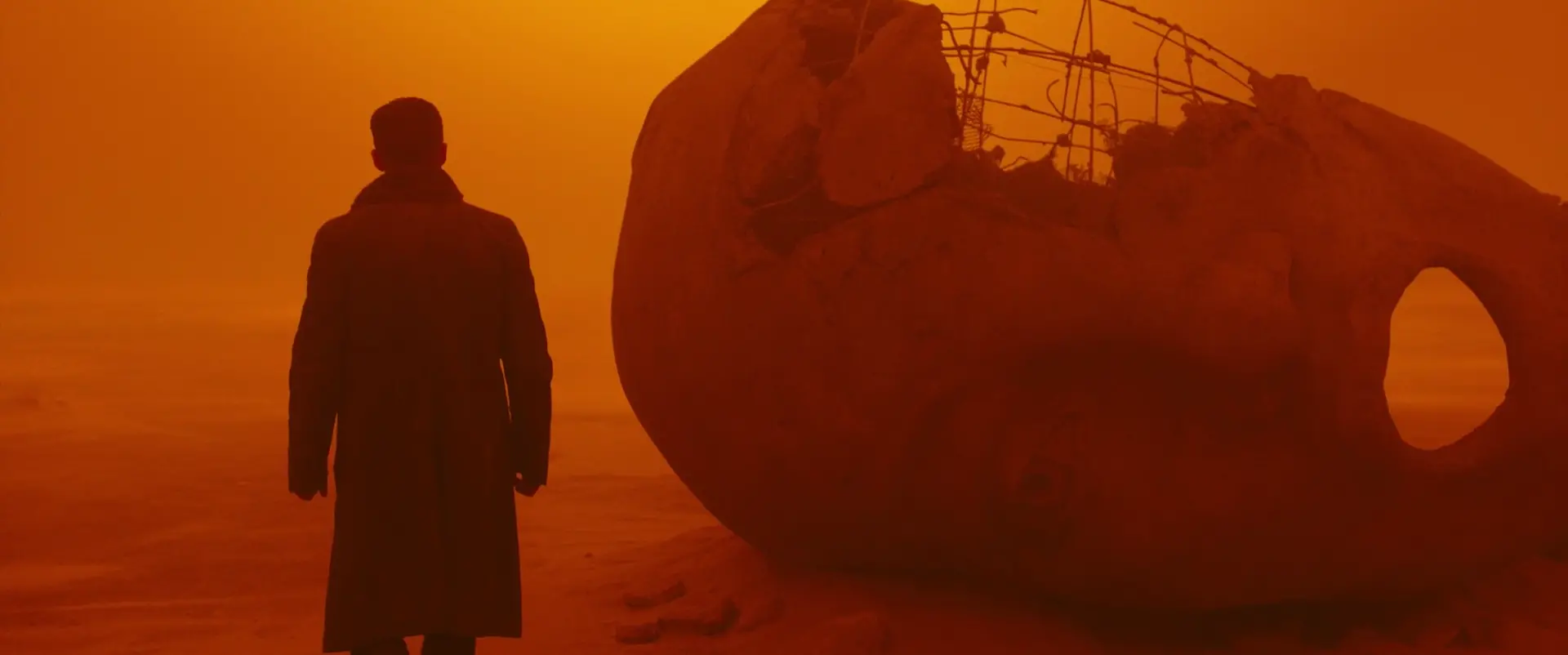
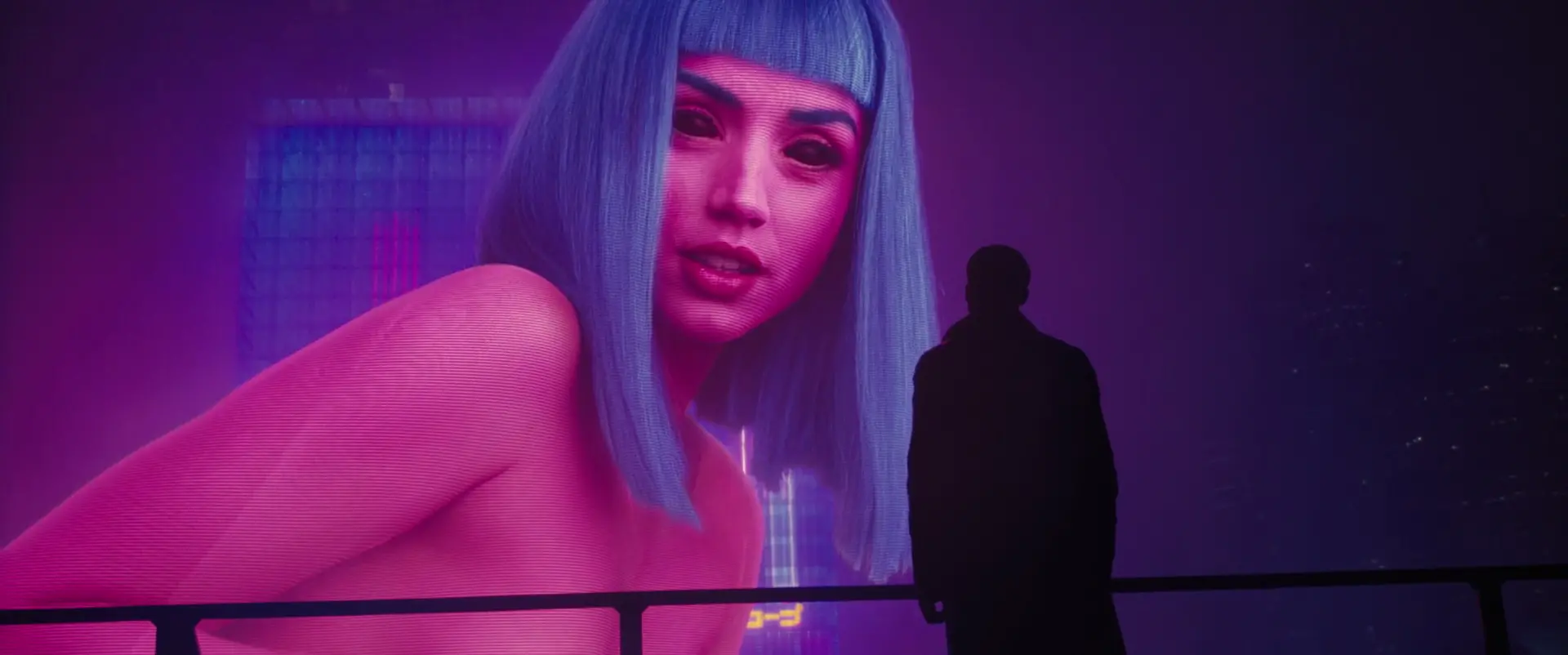
So, Blade Runner 2049 was definitely my favorite film of 2017. It was directed by Denis Villeneuve, who directed my favorite film of 2016, too, Arrival. Both movies were continuations and adaptations of previous works, but had a voice of their own, presented with a tense atmospheric soundtrack and beautiful visuals that engaged me completely. I haven’t really seen any of his other films, but I’m definitely going to pay attention to whatever he does next.






































































































































